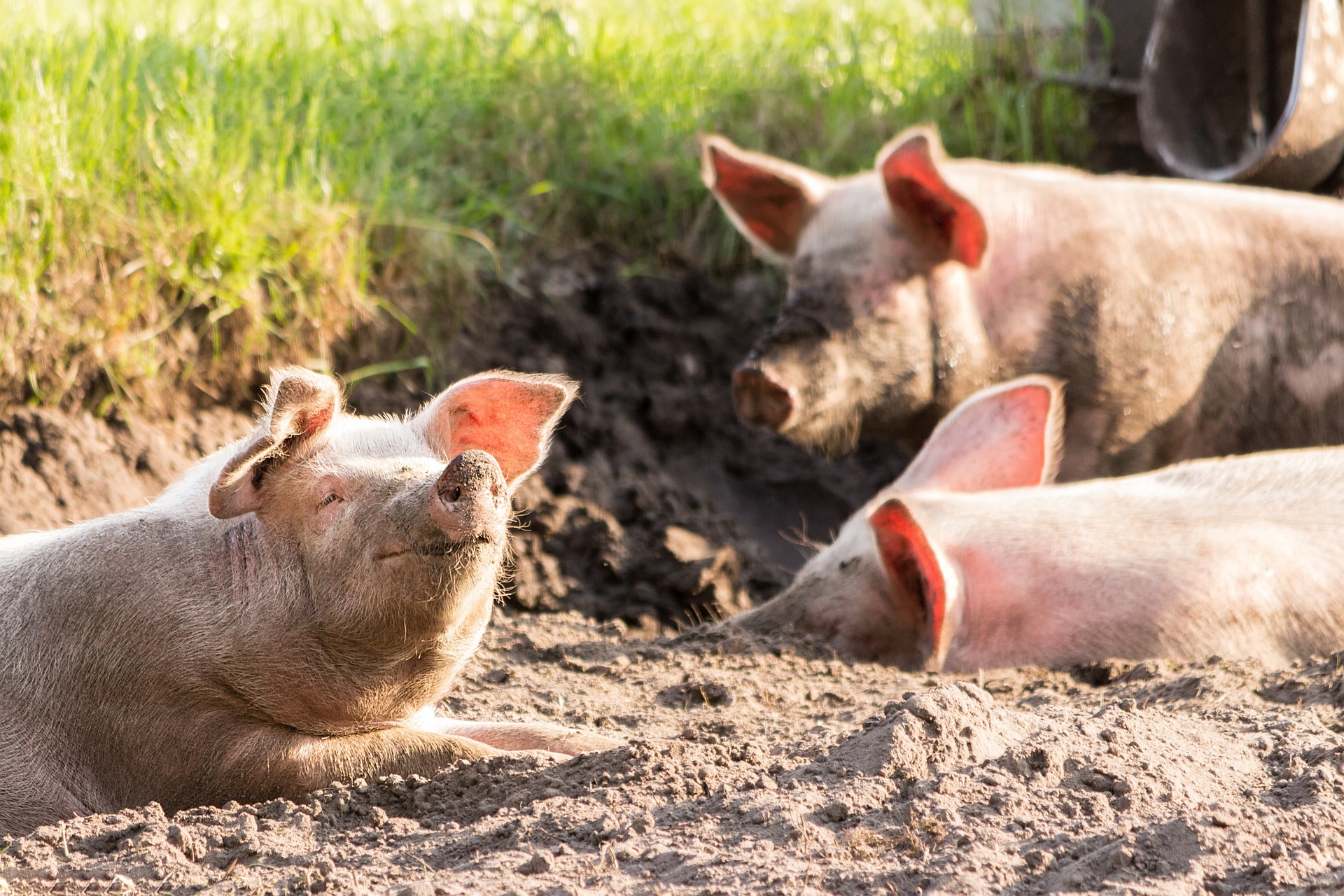Seneca Valley virus – another cause of vesicular disease in pigs

Seneca Valley virus, also known as Senecavirus A, was first discovered in 2002.
DEFRA have confirmed that the five cases of vesicular disease identified in pigs on farms in Norfolk last year were caused by Seneca Valley virus (SVV), also known as Senecavirus A. At the time, this caused fear of a foot and mouth (FMD) disease outbreak and an immediate temporary control zone was put in place. FMD and swine vesicular disease were quickly negated but investigations into the cause continued.
Seneca Valley virus, from the genus Senecavirus within the family Picornaviridae was discovered in 2002. Infection in pigs was first confirmed in Canada in 2007 and in the US in 2012. Since 2015, the virus has been confirmed outside North America, namely in Brazil, China, Colombia, Thailand, and Vietnam. It remains unclear how the virus was introduced to pig farms in Norfolk. SVV is important because the clinical signs are indistinguishable from other vesicular diseases, in particular foot and mouth disease. SVV causes cutaneous lesions that are found more frequently on the lips, snout and tongue, and on the feet affecting the coronary band, interdigital area, dewclaws, and hoof pads. These lesions appear initially as blanched swollen areas that evolve to vesicles. The vesicles quickly rupture to form ulcers that may be covered by a serofibrinous exudate. The clinical signs are usually mild, affects pigs for only a short period and infected pigs usually make a full recovery. There is no risk to human health. It is not a notifiable or reportable disease in the UK nor a listed disease by the World Organisation of Animal Health (WOAH) at present. There has been no record of this infection in Scottish pig herds to date.
APHA should however be immediately notified of any suspicion of vesicular disease in pigs. Differential diagnoses of vesicular disease in pigs are:
- Foot and mount disease
- Vesicular stomatitis (VS)
- Swine vesicular disease (SVD)
- Vesicular exanthema of swine (VES)
- Infection due to Seneca Valley virus (Senecavirus A)
Posted by SRUC Veterinary Services on 10/02/2023
